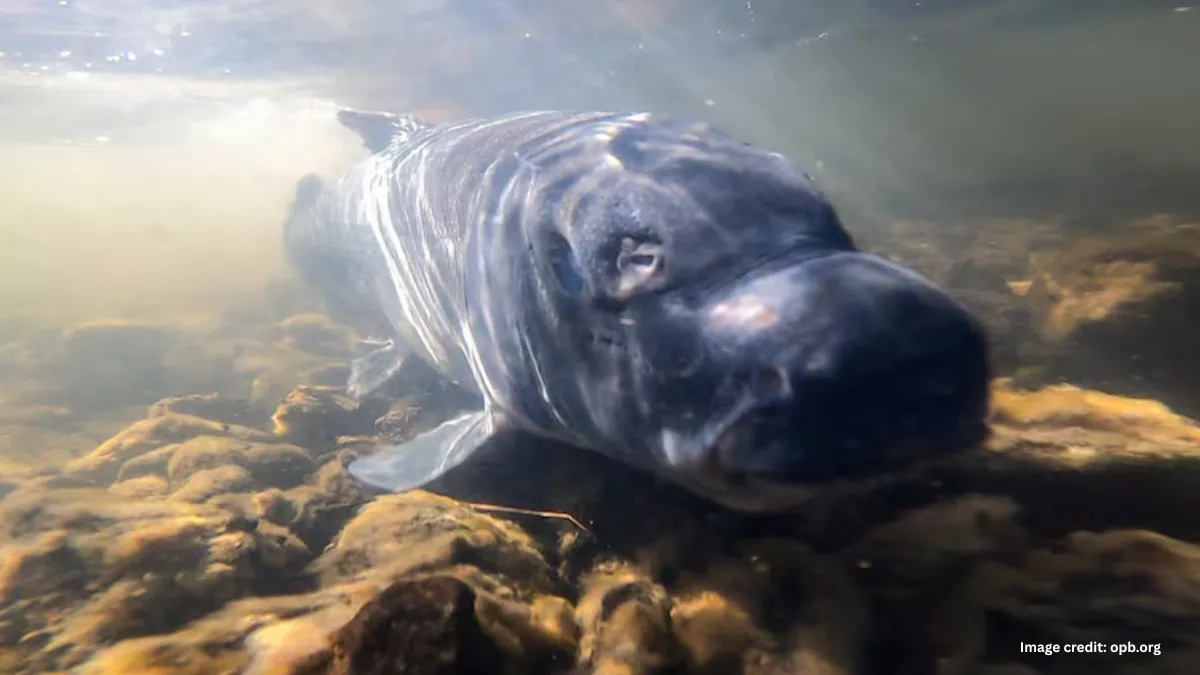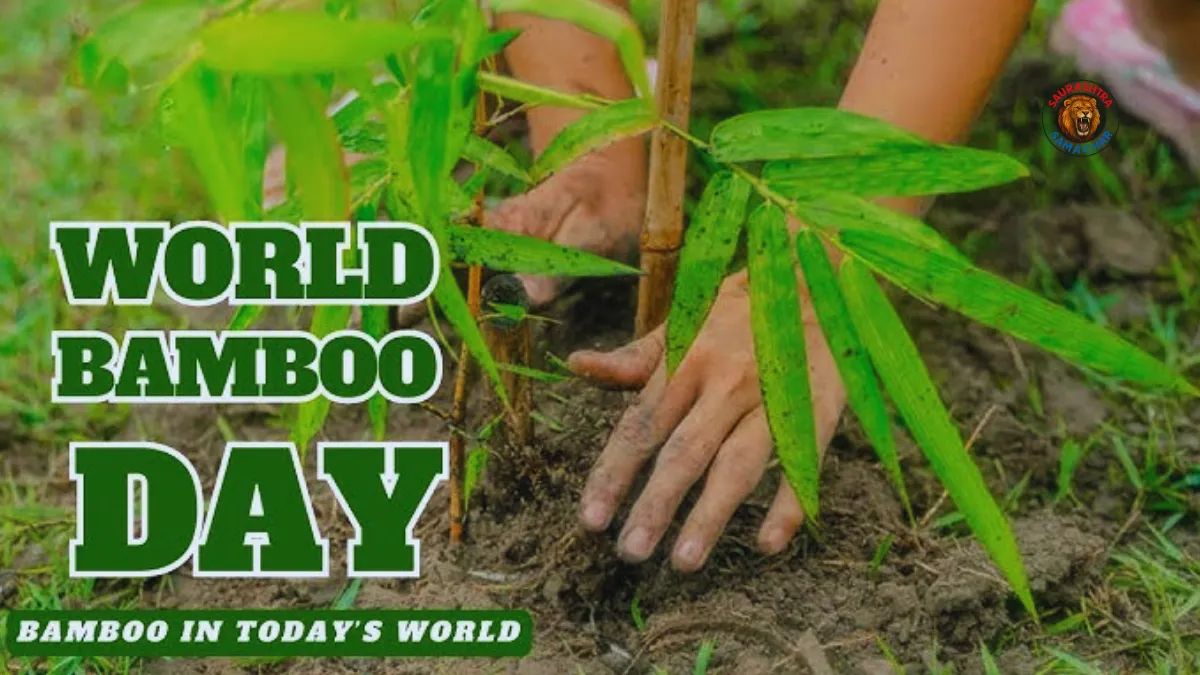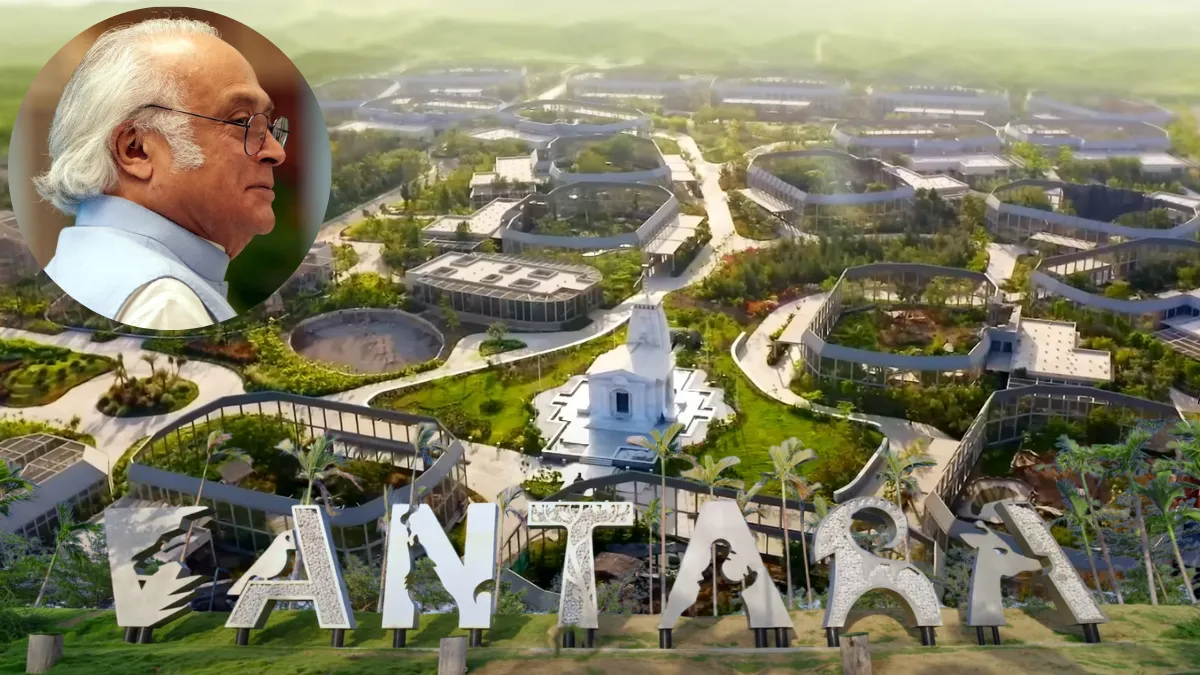Klamath Tribes leaders are sounding the alarm over a new federal water management proposal that could jeopardize already endangered fish species in southern Oregon and northern California. The plan, introduced by the U.S. Bureau of Reclamation, seeks to allocate more water for irrigation under the Klamath Project — but tribal representatives argue it risks devastating the fragile ecosystem of Upper Klamath Lake.
Federal Water Plan Sparks Controversy
The Bureau of Reclamation’s Annual Operations Plan, which runs from April 1 to September 30, initially allotted 277,000 acre-feet of water from Upper Klamath Lake. Now, the bureau has proposed sending an additional 38,000 acre-feet of water — equivalent to about 12.4 billion gallons — to agricultural irrigators.
Officials say the water would support farmers and ranchers across southern Oregon and northern California, who have long relied on the Klamath Project to irrigate crops and sustain livelihoods. The bureau also noted that up to 53,000 acre-feet could be added later through deferred project supply — water that irrigators save for future use.
However, the Klamath Tribes argue that this increase does not come from any legitimate “excess” water supply. Instead, they warn that such an allocation will lower Upper Klamath Lake’s levels to a point that could critically endanger culturally significant fish species.
Threat to Upper Klamath Lake Levels
According to Bureau of Reclamation data, the elevation of Upper Klamath Lake stood at 4,143 feet as of April 7. Tribal leaders fear that the proposed plan could reduce the lake’s level to 4,139 feet.
That four-foot drop may sound small, but to the Klamath Tribes, it represents a major threat to aquatic life. Klamath Tribal Council Chairperson William Ray Jr. emphasized the importance of stable water levels in supporting both native fish and aquatic plant life.
“All the restoration of the aquatic species of plants that we rely on for our culture is adversely impacted,” Ray explained. “Without that, the juvenile fish can’t hide and have a source of food to grow into adult size. That is the biggest obstacle that we have.”
Ray stressed that the issue is not just about water allocation, but about survival. The fish populations at risk are already dwindling, and further stress from declining lake levels could push them closer to extinction.
Culturally Significant Endangered Fish
The fish species at the heart of this conflict — the c’waam (Lost River sucker) and the koptu (shortnose sucker) — are endemic to Upper Klamath Lake. They are not found anywhere else in the world, making them irreplaceable to the ecosystem.
For the Klamath Tribes, these fish are more than just a natural resource. They hold deep cultural, spiritual, and historical significance. Generations of Klamath people have depended on c’waam and koptu as part of their cultural identity, subsistence traditions, and ceremonial practices.
Both species were officially listed as endangered in 1988. Since then, their populations have been devastated by a combination of threats, including:
- Water pollution from agricultural runoff and other sources.
- Algae blooms that deplete oxygen and create hostile conditions for fish survival.
- Decreased water levels, which disrupt breeding and limit juvenile fish habitats.
Ray noted that current viable populations are dangerously small. “We have a viable population of less than 5,000 at Barkley Springs,” he said. “Every bit of water to support their viability is critically important to us.”
Balancing Agriculture and Ecology
The debate highlights a long-running conflict in the Klamath Basin: how to balance agricultural water needs with ecological preservation and tribal rights.
Farmers in the region argue that they depend on consistent water deliveries to maintain crops such as potatoes, alfalfa, and grains. The Klamath Project has provided irrigation for more than a century, and thousands of livelihoods are tied to its success.
On the other hand, the Klamath Tribes stress that the basin’s natural resources cannot be stretched beyond their limits. Without healthy fish populations and restored ecosystems, they say, future generations will inherit irreversible ecological loss.
This tension is not new. The Klamath Basin has been the site of repeated water disputes, especially during drought years when water levels are already strained. Legal battles, protests, and community clashes have occurred in past decades, underscoring just how contentious the issue is.
Ecological Domino Effect
Experts warn that the problem goes beyond just two fish species. A decline in c’waam and koptu populations could set off a domino effect throughout the ecosystem.
These fish play a vital role in maintaining ecological balance. Their survival supports aquatic plants, water quality, and other species that depend on a stable habitat. If water levels continue to drop, the loss of fish could accelerate broader ecological decline, impacting bird species, recreational fisheries, and even local tourism connected to the lake.
For the Klamath Tribes, the issue also strikes at the heart of sovereignty and cultural preservation. Protecting c’waam and koptu is not only about biology but about honoring traditions, responsibilities, and spiritual connections to the land and waters.
The Larger Context: Climate and Drought
Adding to the complexity is the growing challenge of climate change. Rising temperatures, shifting precipitation patterns, and recurring droughts have placed additional stress on the Klamath Basin. Water availability is becoming more unpredictable, and disputes over allocation are intensifying.
In years of severe drought, farmers often demand more water to keep crops alive, while tribal leaders call for stricter conservation measures to protect endangered species. The federal government, caught between these competing demands, faces mounting pressure to find solutions that do not sacrifice one side for the other.
The Klamath Tribes argue that prioritizing short-term irrigation gains at the expense of endangered species survival is unsustainable. They stress that long-term water planning must include ecological health as a central pillar.
Potential Legal Challenges
Given the stakes, legal battles are likely. The Endangered Species Act provides strong protections for species like c’waam and koptu. Any federal action that threatens to further endanger them could be subject to litigation.
The Klamath Tribes have historically used legal avenues to defend their treaty rights and natural resources. Tribal leaders have not ruled out challenging the Bureau of Reclamation’s proposal in court if it moves forward without adequate environmental safeguards.
Such disputes often take years to resolve, but for the fish species at risk, time may be running out. Each season of reduced water levels can lead to significant population losses.
Moving Forward: Calls for Collaboration
Despite the conflict, there are calls from both sides for greater collaboration. Many experts argue that solutions must include joint efforts among tribes, farmers, conservationists, and federal agencies.
Some potential strategies include:
- Improved irrigation efficiency to reduce water waste.
- Habitat restoration projects to strengthen fish survival.
- Water-sharing agreements that account for both cultural and agricultural needs.
- Scientific monitoring to guide adaptive management based on real-time data.
While these steps require investment and compromise, supporters say they could help reduce the zero-sum nature of current disputes.
Also read: Vantara Wildlife Sanctuary: A New Haven for Nature and Conservation
Conclusion
The fight over the Bureau of Reclamation’s new water allocation proposal is more than just a technical debate about acre-feet and lake elevations. At its core, it reflects a struggle over identity, survival, and the future of a fragile ecosystem.
For the Klamath Tribes, the stakes could not be higher. Protecting the c’waam and koptu is about ensuring that cultural traditions and ecological heritage endure. For farmers, the issue is about keeping their way of life alive amid tightening resources.
As climate change accelerates and water demands grow, the Klamath Basin will likely remain a flashpoint for difficult decisions. The challenge now is finding a path forward that respects the rights of the Klamath Tribes, sustains endangered fish, and provides for agricultural communities — without pushing the ecosystem past the point of no return.














